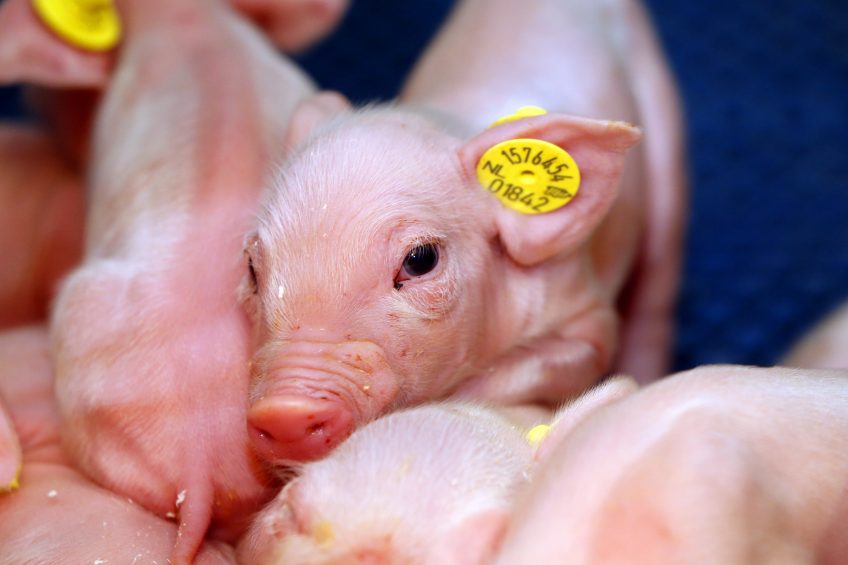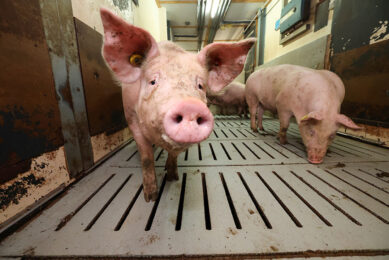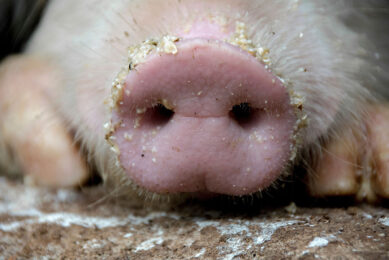4th parity sows yield most vital piglets

Piglets from 4th parity sows have been shown to be the most vital in terms of reaching teats.
That has been one of the outcomes of an extensive research determining the effect of sow parity on neonatal piglet health and vitality at birth. A publication with the outcomes of the study appeared recently in the peer-reviewed journal Animal Production Science.
- Read all about pig health in the Pig Progress Health Tool
Research on over 1,500 neonate piglets
A research team consisting of scientists from Mexico, Spain, Thailand and Canada evaluated in total 1,505 neonate piglets, which were born of Yorkshire-Landrace sows with the following parity distribution:
• 202 primiparous sows;
• 207 2nd parity sows;
• 211 3rd parity sows;
• 222 4th parity sows;
• 225 5th parity sows;
• 218 6th parity sows;
• 220 7th parity sows.
Lowest and highest birthweights
Piglets born to primiparous and 7th parity sows had the lowest and highest birthweights respectively, and showed the most marked imbalances in blood gas exchanges, acid-base balance and energy profiles, as well as the highest percentage of severe meconium staining of the skin and the lowest vitality scores.
The neonates from the 4th-parity sows were found to have the highest vitality scores, required less time to reach the mother’s teat, and had the highest percentage of adhered umbilical cords and newborns with dyspnoea, apnoea and abnormal heartbeat.
Effect of sow parity on newborn piglets
The researchers wrote: “The results of this study suggest that during eutocic (i.e. regular or spontaneous, VtB) farrowings, the sow’s parity number has the following effects on newborn piglets: reduced vigour and longer latencies to begin breathing, stand and take the teat.”
They continued to write, “These effects are due to the presence of imbalances in gas exchanges, the acid-base balance and energy profiles that occurred when the mother was a primiparous or older sow. These signs indicate that the newborn piglet survived a process of intrapartum asphyxia.”
The research paper was written by P. Roldan-Santiago and D. Mota-Rojas, Universidad Autónoma Metropolitana, México D.F., Mexico; J. Martínez-Burnes, Universidad Autónoma de Tamaulipas, Tamaulipas, Mexico; A. Velarde, IRTA, Spain; R. Muns, Chulalongkorn University, Bangkok, Thailand; and A. López-Mayagoitia, University of PEI, Charlottetown, Canada.
Join 18,000+ subscribers
Subscribe to our newsletter to stay updated about all the need-to-know content in the pigsector, three times a week. Beheer
Beheer










 WP Admin
WP Admin  Bewerk bericht
Bewerk bericht